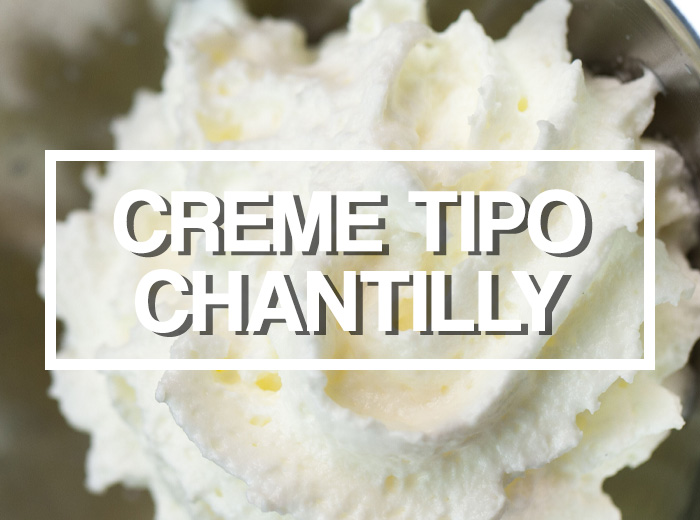From time to time, whenever I make a recipe that calls for milk creamsomeone asks me if it is possible to use the Whipped cream type products that exist on the market. Generally, I say: you can, you can (it’s your recipe, you can do what you want, right?). But it will look different.
To make it clearer what this type of product is, I decided to make a comparison with what exists on the market in this class in general. Basically, we have two competitors for heavy cream.
The first is whipped cream-type vegetable cream and the second would be mixture made with cream for whipped cream.
A warning: my goal is how much the use of the product in itself. I will not enter into the debate if it is real food (I don’t like the term), whether or not it is healthy (another questionable term). This type of discussion, particularly, I think creates more obstacles than explanations. Combined? OK.
Let’s everyone look at the Pot of Truth: whipped cream, do you know what it is?
What is this Chantilly Cream?
Simply put: a product substitute for whipped cream and generally the main source of fat is vegetable. Remembering: chantilly and the milk cream (animal fat from milk) beaten with sugar.
These products were more focused on food service until a few years ago. In other words, the segment that serves the commercial establishments be it a restaurant, confectionery or bakery. Places that have production demand and have large packages (2, 3, 5, 10kg) of products out.
Gradually, access became easier when reaching the common end consumer market in smaller versions to facilitate use.
Originally, the definition of vegetable cream was described by RDC 270/2005 of Anvisa. But some changes were made, as the original text caused conflict with the definition of margarine given by the MAP (Ministry of Agriculture, Livestock and Supply), the same product could be classified into two categories.
So the RDC 270/2005 was replaced by RDC 481/2021. On the one hand, it was clearer for the products that were margarine. But on the other: products like whipped cream have become more vague and comprehensive.
Now, plant-based whipped creams are governed by the RDC 273/2005 as “ready-to-eat foods or mixtures for preparing food” and within it there are four definitions, two of which can be applied here.
- Mixes for Food Preparation: are products obtained by mixing ingredients, intended for preparing food by the consumer with the addition of other ingredient(s). May require heating or cooking. The resulting product after preparation, according to the manufacturer’s instructions, must be the one mentioned in the Mixture designation.
- Semi-Ready or Ready-to-Eat Foods: are prepared or pre-cooked or cooked foods, which do not require the addition of other ingredient(s) for consumption. They may require additional heating or cooking.
For now, there is no really specific legislation for this type of product. The existing definition is very comprehensive.
Why do they use Vegetable Cream?
For commerce, the reasons for use can be the most diverse, however, one of the main ones is the cost. Vegetable whipped cream and more AFFORDABLE what cream. But also logistical issues.
Considering that Brazil is a large country, distributing pasteurized cream can be difficult: it needs to be maintained under constant refrigeration and the expiration date be smaller too.
This fact of distribution must also have influenced reaching the final consumer. As these products can be stored at room temperature (the vast majority), this makes the point of sale and transportation easier as well. In addition to a possible reduction in operating costs.
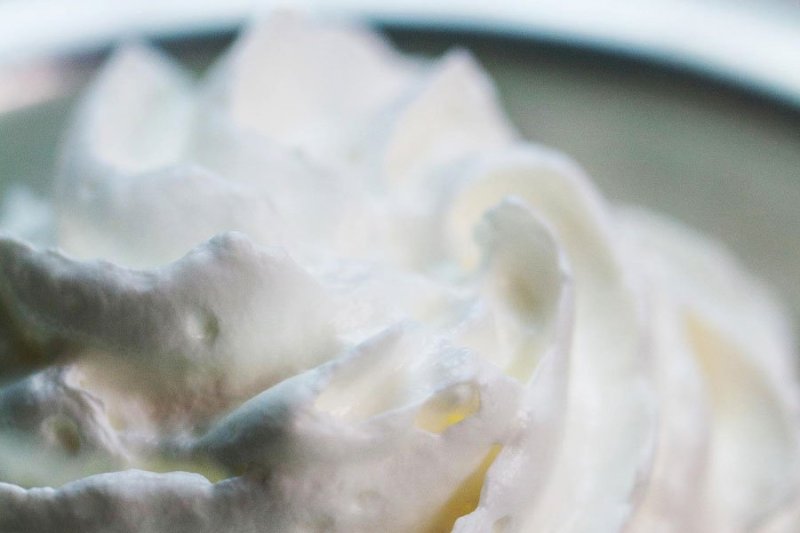

But there is a price to pay for this convenience. These products will have some magic powders (food additives which don’t mean to be a bad thing necessarily) to achieve all desired features. Normally, they are stabilizers e emulsifiers to keep the mixture of water and fat. These are concessions that are sometimes made.
An ingredient is a stabilizer and/or emulsifier does not mean, necessarily, that it is something bad. Many of the ingredients we use on a daily basis have these properties.
For example, maize starch can be a stabilizer (in addition to thickening), the game to this it is an emulsifier (due to the lecithin present) and so on. And remember, when it comes to food, everything we consume is in essence something chemical.
The product offering is quite large. So, to simplify, I separated it into two basic categories: base vegetal e base animalbeing the vegetal with a greater diversity of products.
Where is Chantilly-Type Vegetable Cream used?
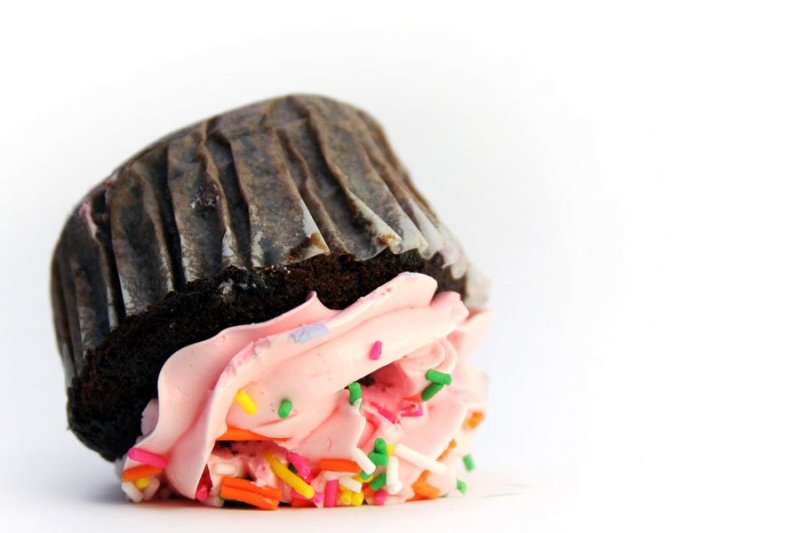

How the purpose of the product is be an alternative to whipped cream (whipped fresh/pasteurized cream), then, it is used to prepare desserts. Be for confection a cake or a pie, and even as an ingredient in some preparation.
How to use it will depend on who is using it and according to with the limitations of each product. For example, if the base is already sweetened, it would not be so interesting to use in a savory dish.
Vegetable-Based Chantilly Cream
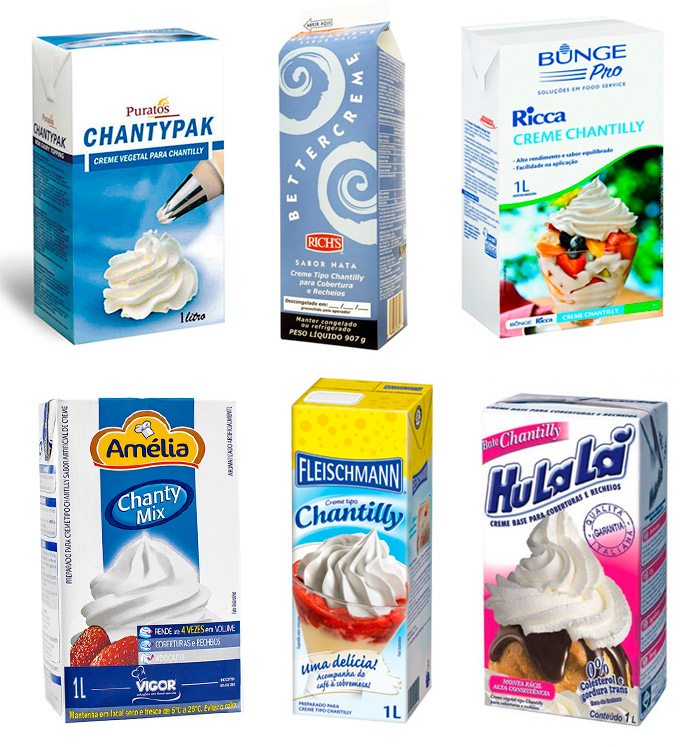

It is worth noting that the products plant-based they can have ingredients of animal origin also. The vegetable is in relation to origin of the main fat used in the product formulation, and because it is not cream.
There are several brands on the market with similar products, here are some of them:
- Arcolor: Chantycólor (vegetable whipped cream) and Drenn Crenn (powder mix, vegetable and animal base)
- Bunge: Gradina and Ricca (chantilly-type vegetable creams)
- Dr. Oetker: Chanti-neve (powder mixture, vegetable and animal base)
- Fleischmann: Chantilly cream (that’s its name, it’s a vegetable cream like whipped cream)
- Hulalah: Hulalá Classic, Hulalá Platinum, Hulalá Chantilly (vegetable cream)
- Mauri: Chantilly Standart e Chantilly Platinum (creme vegetal tipo chantilly)
- Mix: Whipped Cream Mix (powder product)
- Puratos: Ambiante and Chantypak (vegetable whipped cream)
- Rich’s: Whip Topping, Bettercreme, Ultra Rich, Europa Topping, America Topping (vegetable whipped cream). Some of these versions need to be kept refrigerated.
- Vigor Food Service: Chanty Mix Tradicional Amélia (vegetable whipped cream)
Animal-Based Whipped Cream
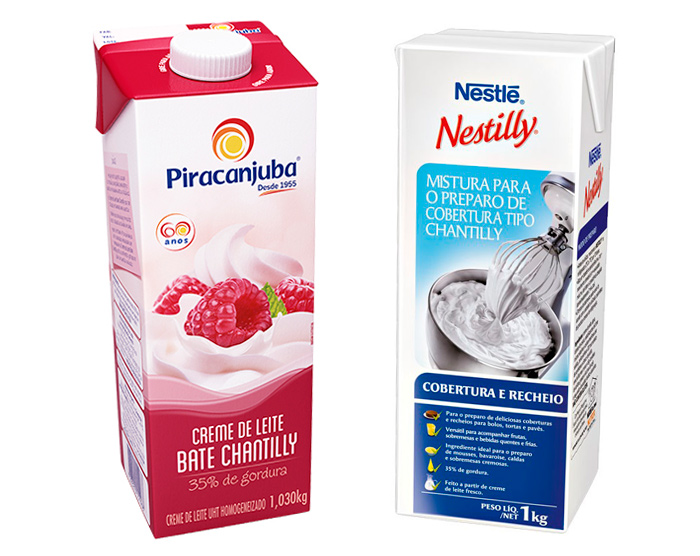

Just like those of base vegetalthis separation is due to origin of the main fat used in the composition of the product.
- Nestlé Professional: Nestilly (mixture for preparing whipped cream)
- Piracanjuba: Whipped Cream Milk Cream (UHT milk cream with 35% fat)
The Piracanjuba version has existed since mid-2015, but distribution is very limited. I also tested, if you want to check it out: Piracanjuba Chantilly. By law, it is UHT cream (read: a box/can cream lite) and not a prepared.
At a quick glance, it appears that both the Piracanjuba Milk Cream e Nestilly da Nestlé they are the same. But UHT cream it cannot contain certain additives and/or adjuvants, only some thickeners and stabilizers specified by legislation.
At this point the Nestilly becomes different, he has other ingredients and loses status UHT cream. Meanwhile, Piracanjuba uses only those permitted: thickeners carrageenan and locust bean gum (can be called jatai or locust) and sodium citrate stabilizer.
Bibliography
- ANVISA: Requirements for identity, fatty acid composition, quality and labeling of vegetable oils and fats. RDC nº 481 of 03/15/2021.
- ANVISA: Technical Regulation for Mixtures for the Preparation of Food and Ready-to-Eat Food. RDC nº 273 of 09/22/2005.
- ANVISA: Technical Regulation for Vegetable Oils, Vegetable Fats and Vegetable Cream. RDC nº 270 of 09/22/2005.
- MAP: Margarine Technical Regulation. IN nº66 10/12/2019.
- MAP: Technical Regulation of Identity and Quality of Milk Cream. Ordinance nº 146 of 03/07/1996.

Sign up for our newsletter and stay up to date with exclusive news
that can transform your routine!
Warning: Undefined array key "title" in /home/storelat/public_html/wp-content/plugins/link-whisper-premium/templates/frontend/related-posts.php on line 12
Warning: Undefined array key "title_tag" in /home/storelat/public_html/wp-content/plugins/link-whisper-premium/templates/frontend/related-posts.php on line 13

